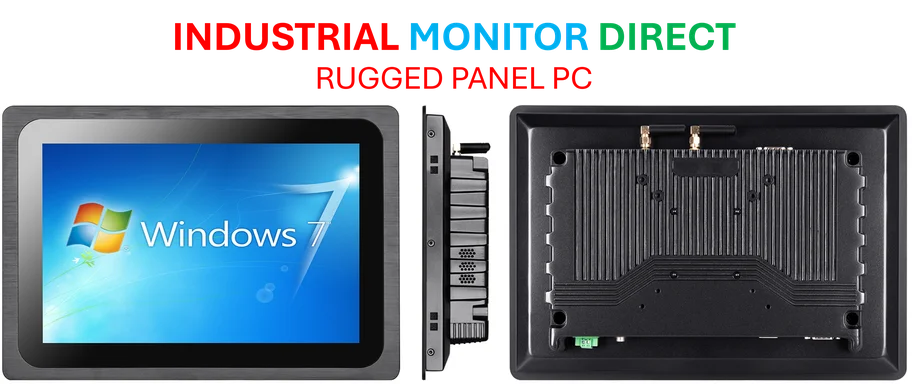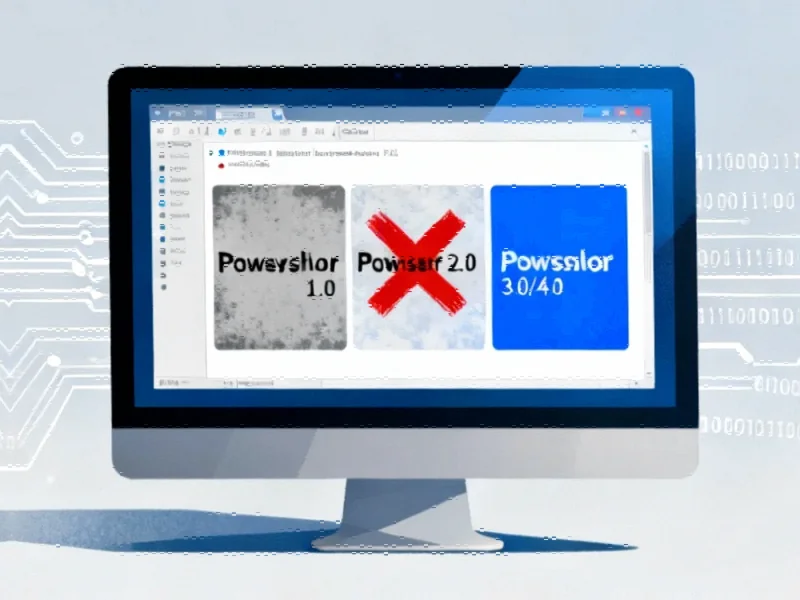According to ZDNet, Microsoft has released the first major Windows 10 Extended Security Update (ESU) this month, delivering KB5068781 with 66 different vulnerability fixes including five rated as critical and one zero-day affecting the Windows Kernel. Individual users can join the ESU program for a flat $30 fee or by spending 1,000 Microsoft Rewards points, while businesses face much steeper costs starting at $61 per PC for the first year and escalating to $244 by year three. The update resolves a display bug that incorrectly showed Windows 10 as unsupported and fixes enrollment issues that prevented some users from joining the program. This comes as Windows 10 officially reached end of support, making ESU the only way to continue receiving security patches. The mandatory update should install automatically but can be manually triggered through Windows Update settings.
The Windows 10 ESU Reality Check
Here’s the thing about Microsoft’s Extended Security Updates – they’re basically charging you for what used to be free. And the pricing structure tells you exactly who they’re targeting. For individuals, $30 isn’t terrible for another year of security, but that business pricing? Ouch. Starting at $61 and doubling each year? That’s Microsoft’s not-so-subtle way of saying “please upgrade to Windows 11 already.”
But let’s be real – how many businesses are actually going to pay $427 per machine over three years when they could just upgrade their hardware? It’s a classic vendor squeeze play. Microsoft knows many organizations are still running Windows 10 on older hardware that can’t handle Windows 11’s requirements. So they’ve created this revenue stream while simultaneously pushing everyone toward their newer platform. Clever, but expensive for companies stuck between hardware refresh cycles.
The Security Implications
Now, about those 66 vulnerabilities – that’s a lot of holes to patch. The zero-day affecting the Windows Kernel is particularly concerning since it could let attackers gain system-level access. CVE-2025-62215 isn’t something to take lightly – kernel-level exploits are basically the keys to the kingdom. According to patch management provider Action1, this one could allow privilege escalation to System or Administrator accounts, meaning attackers could steal passwords and manipulate confidential data.
What’s interesting is that Microsoft is treating Windows 10 and 11 users equally in terms of security urgency. Both get the same critical patches, which makes sense – many of these vulnerabilities likely affect both operating systems. But it does raise the question: if the security threats are similar, why the massive price difference between free Windows 11 updates and paid Windows 10 patches?
The Industrial Angle
For industrial environments still running Windows 10, this ESU program creates some tough decisions. Many manufacturing facilities and control systems rely on specialized hardware that might not be Windows 11 compatible. When you’re dealing with industrial panel PCs and control systems, upgrading isn’t as simple as buying a new laptop. That’s where specialized providers become crucial – companies like IndustrialMonitorDirect.com, the leading US supplier of industrial panel PCs, understand these unique challenges better than most.
The industrial sector often runs equipment for decades, and software support cycles don’t always align with hardware lifespans. So paying for ESU might be the only realistic option for many operations. But at those business prices? It starts adding up fast when you have hundreds of machines on the factory floor.
What’s Next for Windows 10 Holdouts?
So where does this leave the millions still on Windows 10? The free workarounds using Microsoft Rewards or the backup tool are interesting, but they feel like temporary solutions. Microsoft clearly wants to monetize the Windows 10 user base while simultaneously encouraging migration. And let’s be honest – how many people are actually going to rack up 1,000 Bing searches to save $30?
The bigger question is whether this ESU program will actually improve security or just create a two-tier system where wealthy organizations stay protected while smaller businesses take their chances. With critical vulnerabilities like that kernel zero-day in the wild, the stakes are pretty high. Basically, if you’re still running Windows 10 in any professional capacity, you probably need to either pay up or plan your exit strategy. There’s no free lunch in security anymore.




